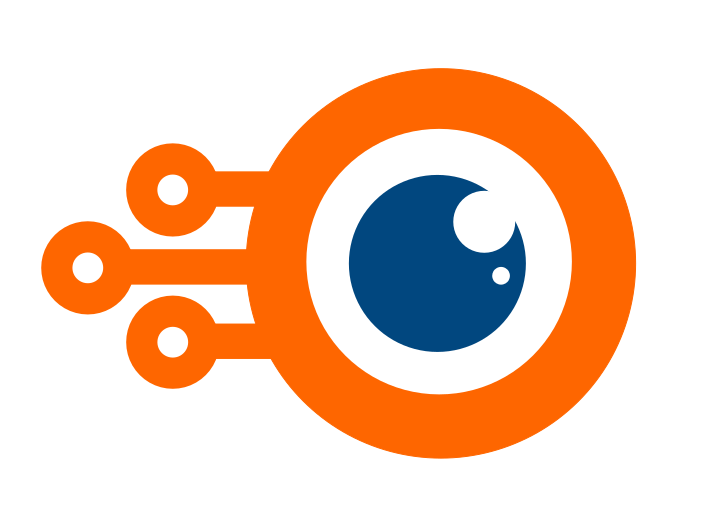Attention monitoring has become increasingly important in today’s fast-paced world, where distractions are plentiful and focus is a scarce resource. Fortunately, advances in artificial intelligence (AI) are transforming the way we monitor and improve attention. In this blog post, we’ll explore how AI is changing the game and revolutionising the field of attention monitoring.
What is an AI-based attention monitoring system?
A technical solution that records and examines the behaviour of users to find patterns associated with attention, focus, and concentration is an AI-based attention monitoring system. Machine learning algorithms are used by the system to find identifiable trends and patterns in the data and give the user feedback.
An AI-based attention monitoring system, for instance, might use eye-tracking technology to track how long a person stares at their computer screen or how frequently they glance away. Additionally, sensors might be used to track heart rate variability, which can reveal information about stress levels and attention span in general.
Examples of AI-based attention monitoring systems
AI-based attention monitoring systems are already being used in a variety of settings, from the workplace to the classroom. Here are a few examples:

- Automotive: Attention monitoring systems can be used to monitor driver fatigue and distraction to prevent accidents on the road.
- Healthcare: Attention monitoring systems can be used to monitor patient’s focus and attention levels during rehabilitation or cognitive therapy sessions to personalize the treatment plan.
- Education: Attention monitoring systems can be used to monitor students’ focus and attention levels during classes to improve engagement and personalize the learning experience.
- Manufacturing: Attention monitoring systems can be used to monitor the attention levels of workers operating heavy machinery to prevent accidents in hazardous environments.
- Finance: Attention monitoring systems can be used to monitor trader’s focus and attention levels to improve decision-making and prevent errors due to fatigue.
- Retail: Attention monitoring systems can be used to monitor customers’ attention levels during advertising campaigns and product displays to optimize sales.
- Gaming: Attention monitoring systems can be used to monitor player’s focus and attention levels to personalize the gaming experience and improve game design.
Overall, attention monitoring systems can have a broad range of applications in various industries to improve safety, productivity, engagement, and personalization.
Advantages of using an AI-based attention monitoring system
- Advanced analysis: AI-based attention monitoring systems use advanced algorithms and machine learning techniques to analyze and interpret large amounts of data, providing more accurate and insightful feedback than traditional monitoring systems.
- Automated detection: AI-based attention monitoring systems can automatically detect patterns and anomalies in attention levels, reducing the need for manual monitoring and analysis.
- Real-time feedback: AI-based attention monitoring systems can provide real-time feedback on attention levels, allowing for immediate corrective action if necessary.
- Personalization: AI-based attention monitoring systems can provide personalized feedback to individuals based on their attention levels and learning styles, helping them to improve their performance and achieve their goals.
- Continuous improvement: AI-based attention monitoring systems can continually learn and adapt to user behaviour, providing increasingly accurate and personalized feedback over time.
- Increased efficiency: AI-based attention monitoring systems can automate many of the monitoring and analysis tasks, reducing the need for manual intervention and increasing efficiency.
- Cost-effective: AI-based attention monitoring systems can be more cost-effective than traditional monitoring systems, as they can automate many tasks and provide more accurate feedback with less human intervention.
The way we monitor and enhance attention is changing via AI-based monitoring technologies. These systems can assist people and organisations in maximising performance and enhancing overall well-being by monitoring user behaviour and offering feedback. However, it’s crucial to use these technologies appropriately and to weigh their potential benefits and drawbacks. We can anticipate seeing even more cutting-edge approaches to attention monitoring in the future as AI technology develops.



